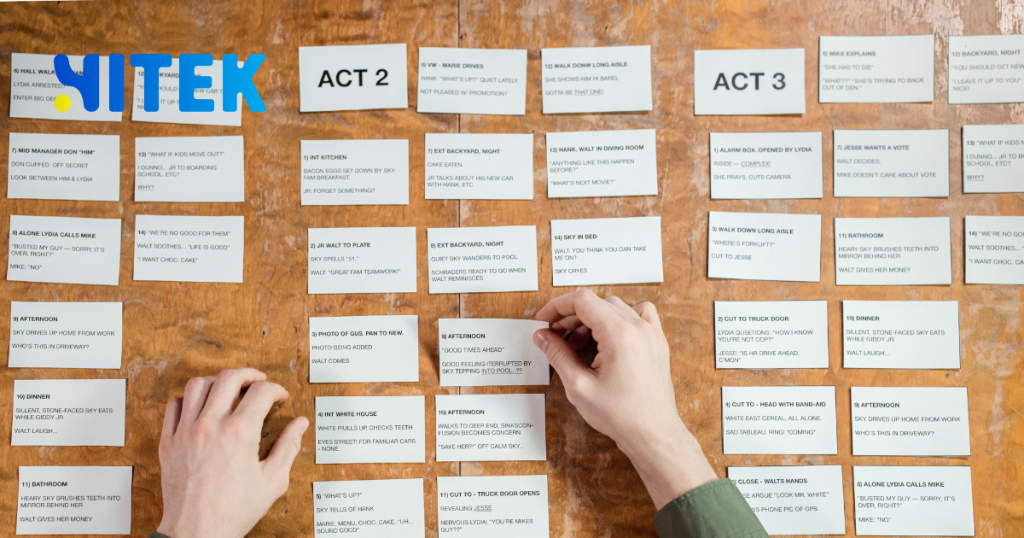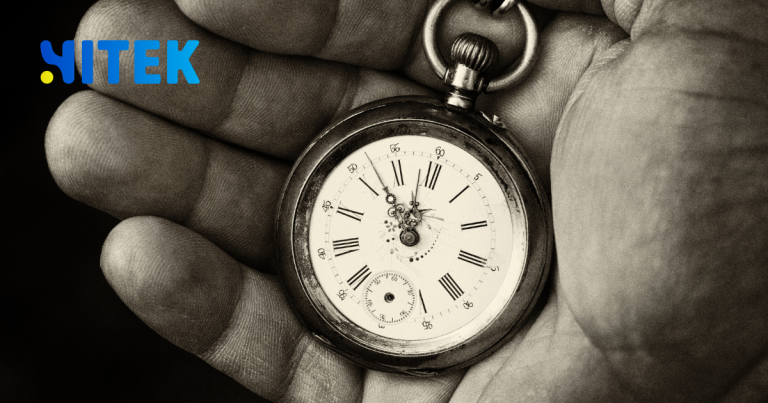If you’ve ever watched behind the scenes of a blockbuster film, you’ve likely seen storyboards—those hand-drawn sketches mapping out each scene before a single frame is shot. But did you know that software development teams use a similar technique to craft digital experiences?
In software, a storyboard is a visual blueprint that outlines user interactions, workflows, and key features before a single line of code is written. It’s a crucial tool for UX designers, product managers, and developers to align on functionality, anticipate user needs, and streamline development.
For Australian tech teams, whether in Sydney’s bustling startup scene or Melbourne’s innovation hubs, storyboarding can mean the difference between a smooth product launch and a costly redesign. Let’s explain why this technique is a game-changer—and how to use it effectively.
Contents
ToggleWhy Storyboarding Matters in Software Development
Imagine building a house without blueprints. Chaos, right? The same logic applies to software. Storyboards act as visual roadmaps, helping teams:
- Clarify user journeys – How will someone navigate your app? Where might they get stuck?
- Identify gaps early – Spot usability issues before development begins.
- Improve collaboration – Align designers, developers, and stakeholders with a shared vision.
- Save time and money – Fixing a flow in a sketch is cheaper than rewriting code.
Storyboarding is a non-negotiable step in Australia’s competitive tech market, where user experience (UX) can make or break a product. Companies like Atlassian and Canva rely on structured planning to stay ahead—storyboarding is part of that discipline.
Key Elements of a Software Storyboard
Unlike film storyboards, software storyboards focus on user flows, screens, and interactions. Here’s what they typically include:
| Component | Purpose |
|---|---|
| User Personas | Define who the software is for (e.g., a busy Melbourne freelancer). |
| Scenarios | Describe the user’s goal (e.g., “Upload an invoice quickly”). |
| Screen Sketches | Rough layouts of key app screens. |
| Navigation Paths | Shows how users move between screens. |
| Annotations | Notes on functionality, buttons, and edge cases. |
These elements help teams visualize the user journey, from login to task completion.
How to Create a Storyboard for Your Software Project
1. Define User Goals
Start by asking: What problem does this software solve? If you’re designing a fitness app for Australians, are there priority workout tracking, nutrition logging, or community features?
2. Sketch Key Screens
There is no need for pixel-perfect designs—simple wireframes or even sticky notes work. Tools like Figma or Balsamiq can help digitize sketches.
3. Map User Flows
Plot how users navigate:
- Do they tap a button or swipe?
- What happens if they encounter an error?
4. Validate with Stakeholders
Run the storyboard by developers, marketers, and real users. Does the flow feel intuitive?
5. Iterate Before Coding
Refine based on feedback. This step prevents mid-development surprises.
Storyboarding vs. Wireframing vs. Prototyping
People often confuse these terms—here’s the difference:
- Storyboard = High-level user journey (before UI details).
- Wireframe = Basic single screen layout (no colors or graphics).
- Prototype = Interactive mockup (clickable buttons, closer to final product).
Storyboarding comes first, ensuring the app’s logic holds up before diving into design specifics.
Why Australian Tech Teams Should Adopt Storyboarding
With Australia’s tech sector growing rapidly—contributing over $167 billion annually to the economy—efficiency is key. Storyboarding helps:
✅ Reduce miscommunication – Visuals bridge the gap between devs and designers.
✅ Enhance UX – Aussie users expect seamless digital experiences.
✅ Speed up approvals – Clients and stakeholders grasp ideas faster with visuals.
Companies like SafetyCulture and Afterpay use structured planning to stay agile. Could your team benefit?
Tools to Streamline Your Storyboarding Process
- Figma – Collaborative design with built-in storyboard templates.
- Miro – Digital whiteboarding for remote teams.
- Lucidchart – Flowcharts for mapping user journeys.
Even pen and paper work for early brainstorming—what matters is clarity, not complexity.
Final Thoughts
A storyboard in software development isn’t just a nice-to-have—it’s a strategic tool that saves time, sharpens UX, and keeps teams aligned. Whether you’re a Sydney SaaS startup or a Brisbane digital agency, integrating storyboarding into your workflow can elevate your product’s success.
Ready to sketch your next big idea? Start with a simple storyboard and watch your software’s potential come to life—one frame at a time.
Have you used storyboarding in your projects? Please share your experience in the comments or tag us on social media!









